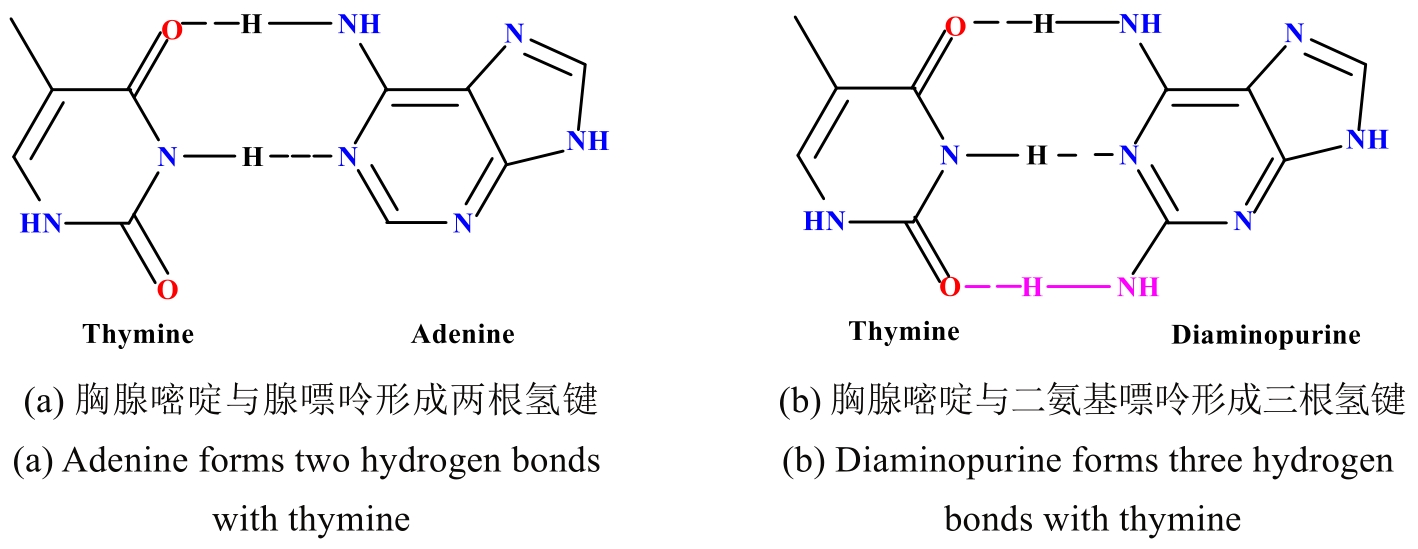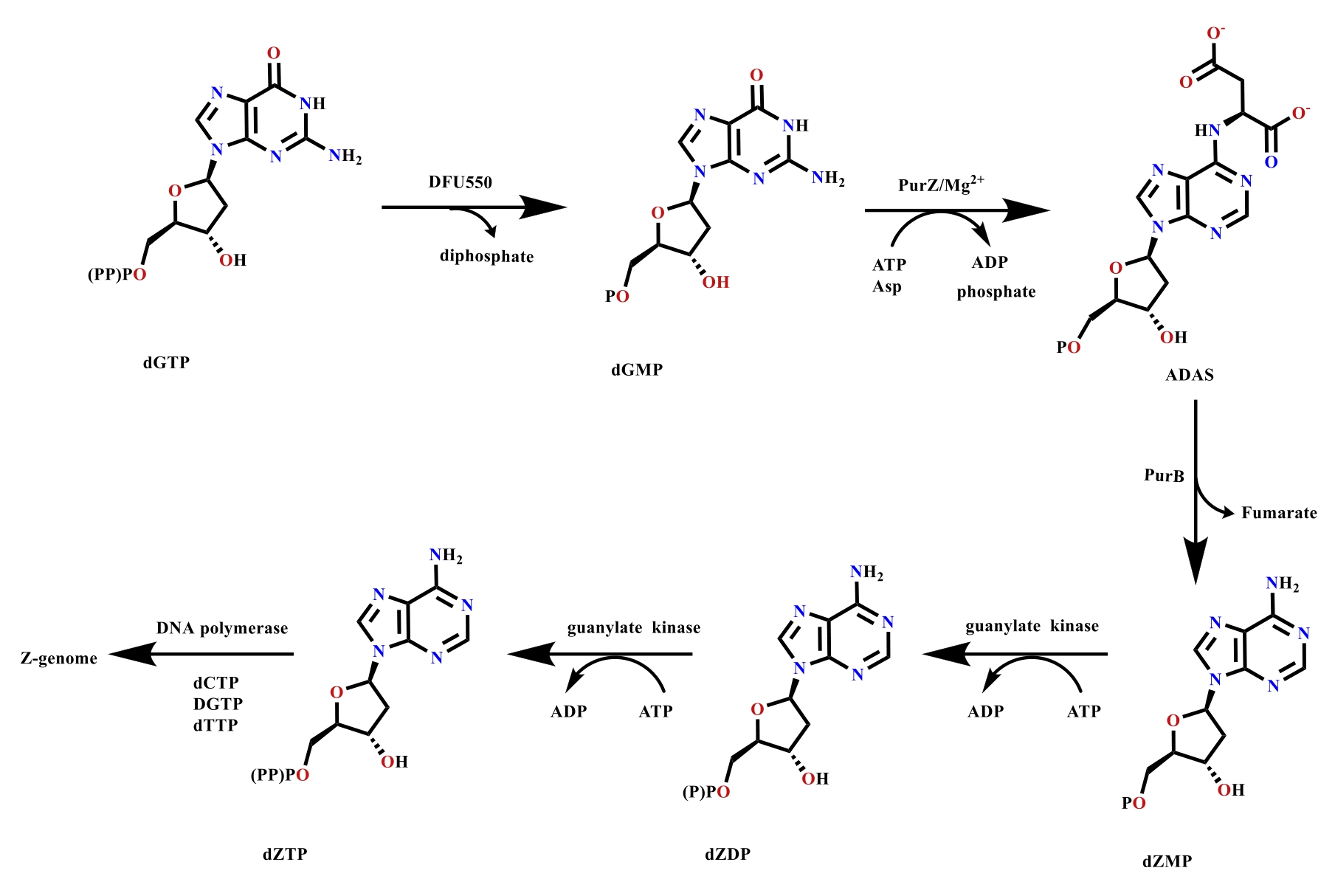| 1 |
GOMMERS-AMPT J H, BORST P. Hypermodified bases in DNA [J]. The FASEB Journal, 1995, 9(11): 1034-1042.
|
| 2 |
SOOD A J, VINER C, HOFFMAN M M. DNAmod: the DNA modification database[J]. Journal of Cheminformatics, 2019, 11(1): 30.
|
| 3 |
WU H, ZHANG Y. Reversing DNA methylation: Mechanisms, genomics, and biological functions[J]. Cell, 2014, 156(1/2): 45-68.
|
| 4 |
WEIGELE P, RALEIGH E A. Biosynthesis and function of modified bases in bacteria and their viruses[J]. Chemical Reviews, 2016, 116(20): 12655-12687.
|
| 5 |
WARREN R A. Modified bases in bacteriophage DNAs[J]. Annual Review of Microbiology, 1980, 34: 137-158.
|
| 6 |
KIRNOS M D, KHUDYAKOV I Y, ALEXANDRUSHKINA N I, et al. 2-Aminoadenine is an adenine substituting for a base in S-2L cyanophage DNA[J]. Nature, 1977, 270(5635): 369-370.
|
| 7 |
KHUDYAKOV I Y, KIRNOS M D, ALEXANDRUSHKINA N I, et al. Cyanophage S-2L contains DNA with 2, 6-diaminopurine substituted for adenine[J]. Virology, 1978, 88(1): 8-18.
|
| 8 |
CRISTOFALO M, KOVARI D, CORTI R, et al. Nanomechanics of diaminopurine-substituted DNA[J]. Biophysical Journal, 2019, 116(5): 760-771.
|
| 9 |
ZHOU Y, XU X X, WEI Y F, et al. A widespread pathway for substitution of adenine by diaminopurine in phage genomes[J]. Science, 2021, 372(6541): 512-516.
|
| 10 |
SZEKERES M, MATVEYEV A V. Cleavage and sequence recognition of 2, 6-diaminopurine-containing DNA by site-specific endonucleases[J]. FEBS Letters, 1987, 222(1): 89-94.
|
| 11 |
CEZE L, NIVALA J, STRAUSS K. Molecular digital data storage using DNA[J]. Nature Reviews Genetics, 2019, 20(8): 456-466.
|
| 12 |
SCHOOLEY R T, BISWAS B, GILL J J, et al. Development and use of personalized bacteriophage-based therapeutic cocktails to treat a patient with a disseminated resistant acinetobacter baumannii infection[J]. Antimicrobial Agents and Chemotherapy, 2017, 61(10): e00954-e00917.
|
| 13 |
DEDRICK R M, GUERRERO-BUSTAMANTE C A, GARLENA R A, et al. Engineered bacteriophages for treatment of a patient with a disseminated drug-resistant Mycobacterium abscessus [J]. Nature Medicine, 2019, 25(5): 730-733.
|
| 14 |
SLEIMAN D, GARCIA P S, LAGUNE M, et al. A third purine biosynthetic pathway encoded by aminoadenine-based viral DNA genomes[J]. Science, 2021, 372(6541): 516-520.
|
| 15 |
PEZO V, JAZIRI F, BOURGUIGNON P Y, et al. Noncanonical DNA polymerization by aminoadenine-based siphoviruses[J]. Science, 2021, 372(6541): 520-524.
|
| 16 |
CZERNECKI D, LEGRAND P, TEKPINAR M, et al. How cyanophage S-2L rejects adenine and incorporates 2-aminoadenine to saturate hydrogen bonding in its DNA[J]. Nature Communications, 2021, 12:2420.
|



